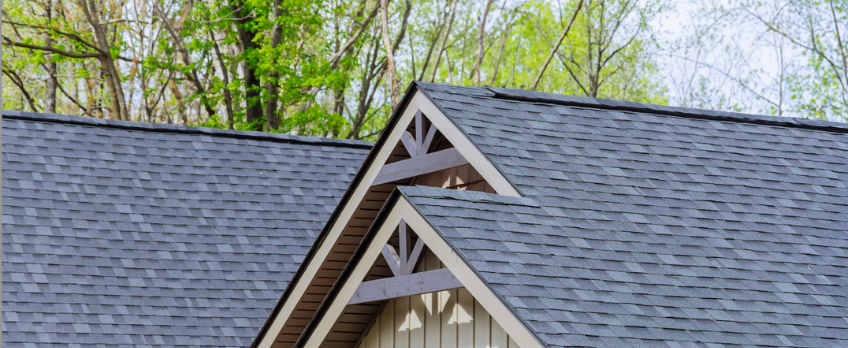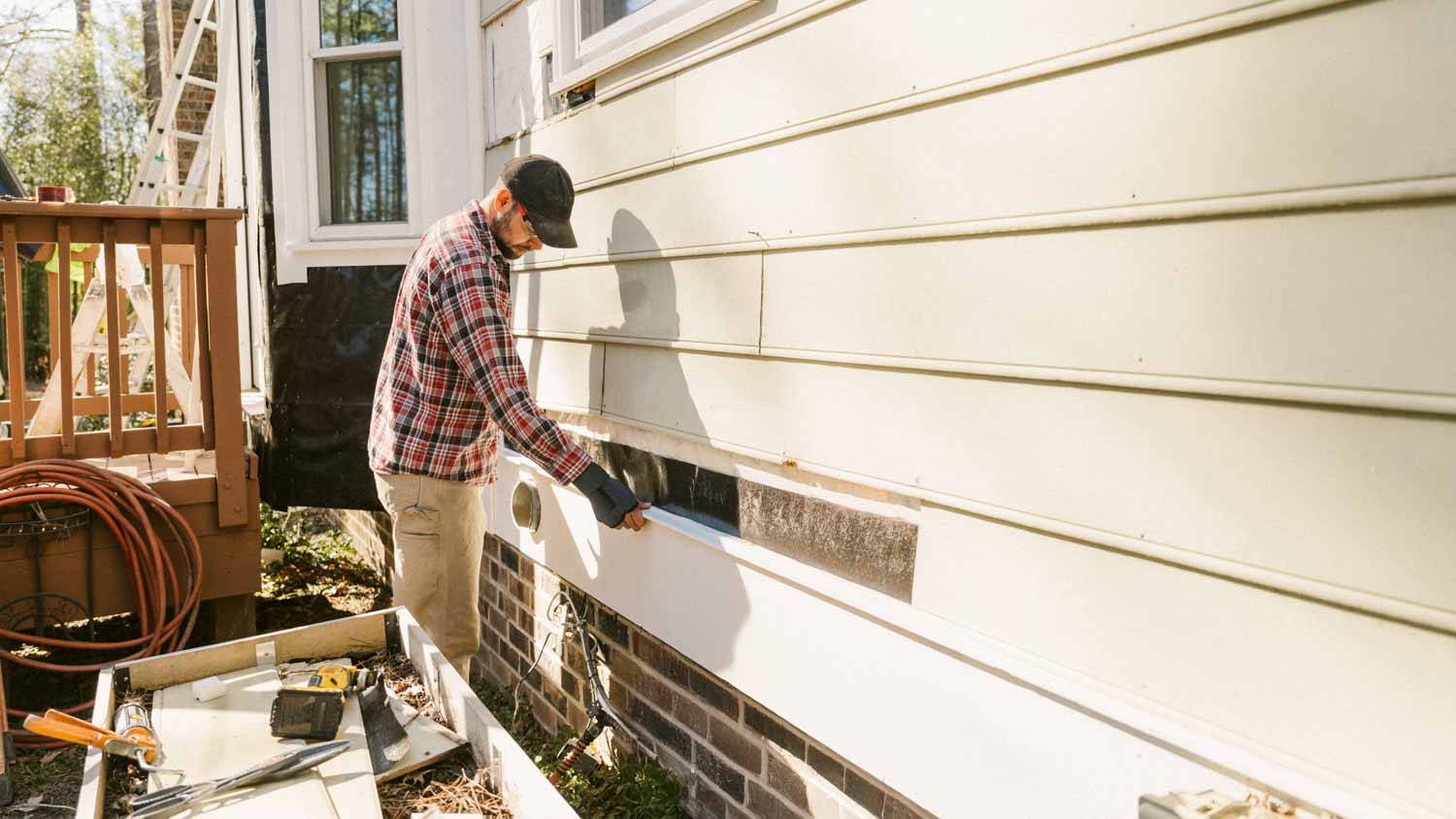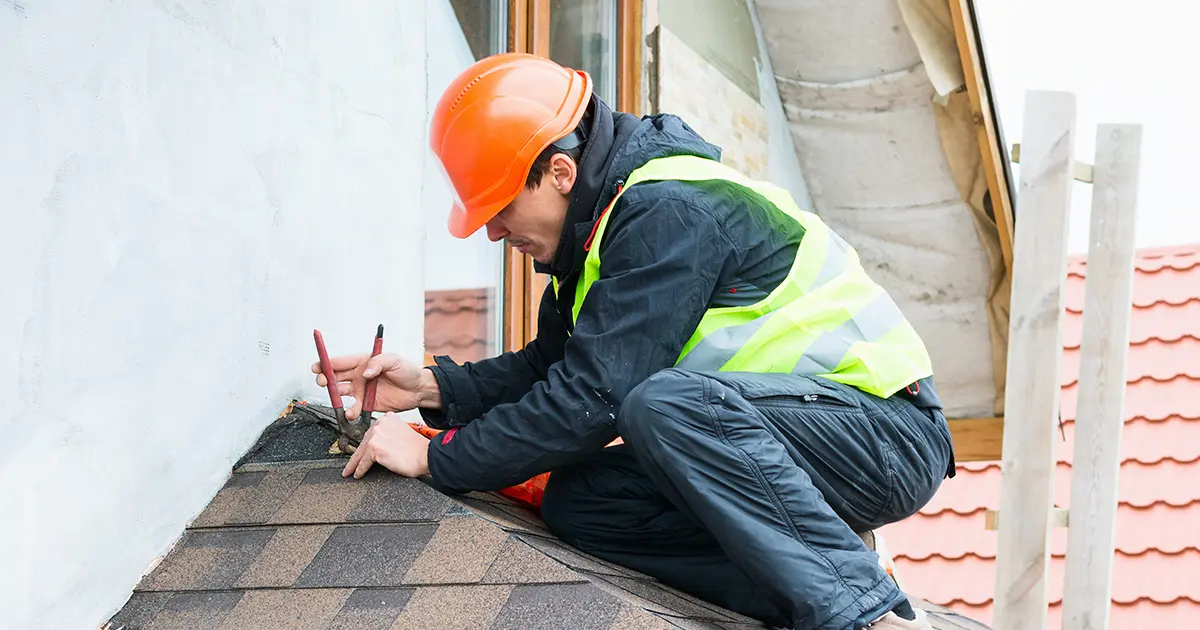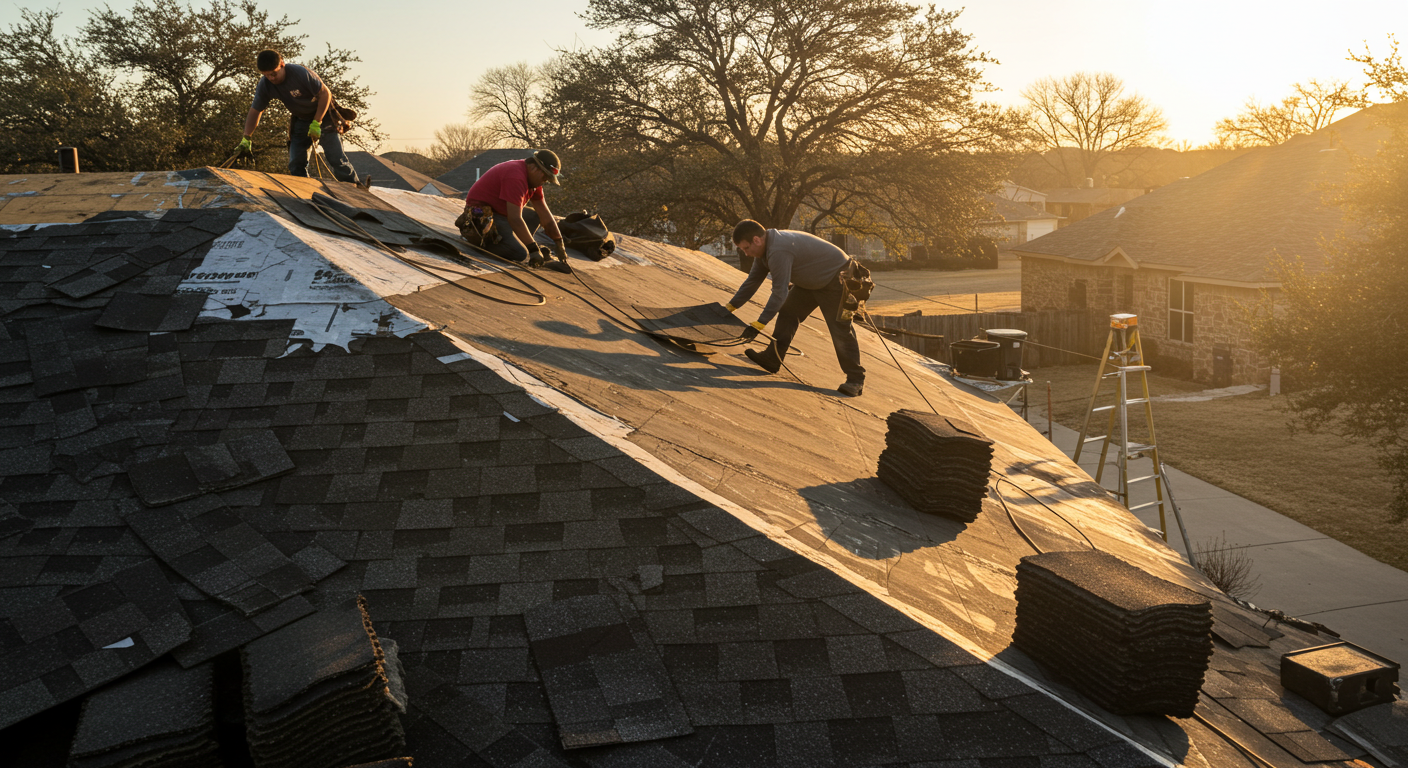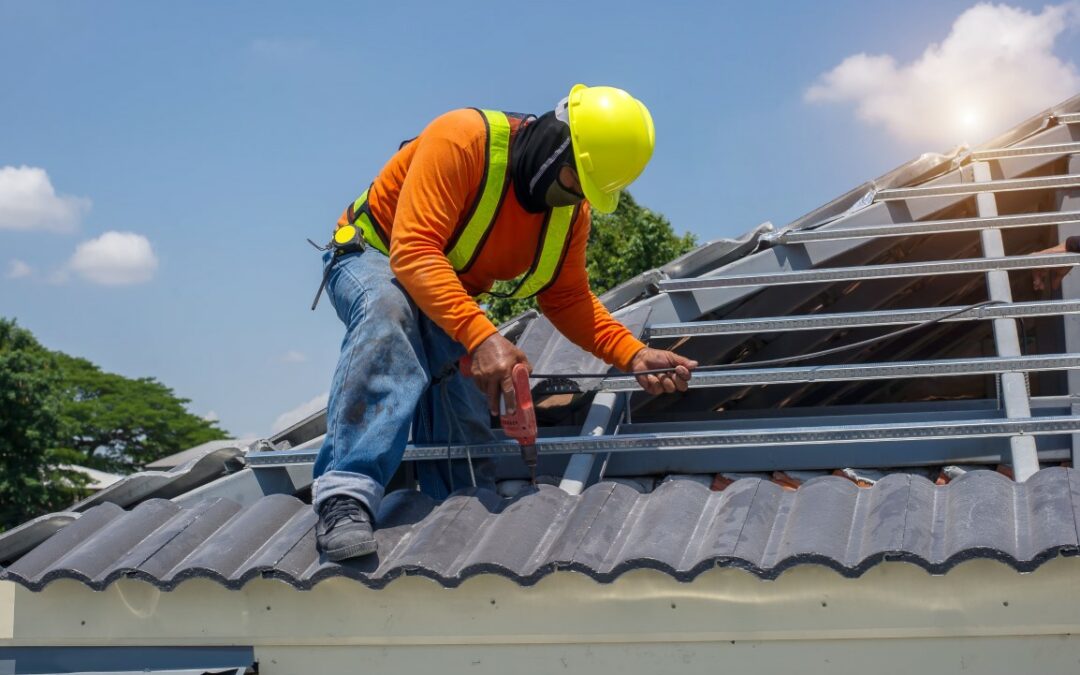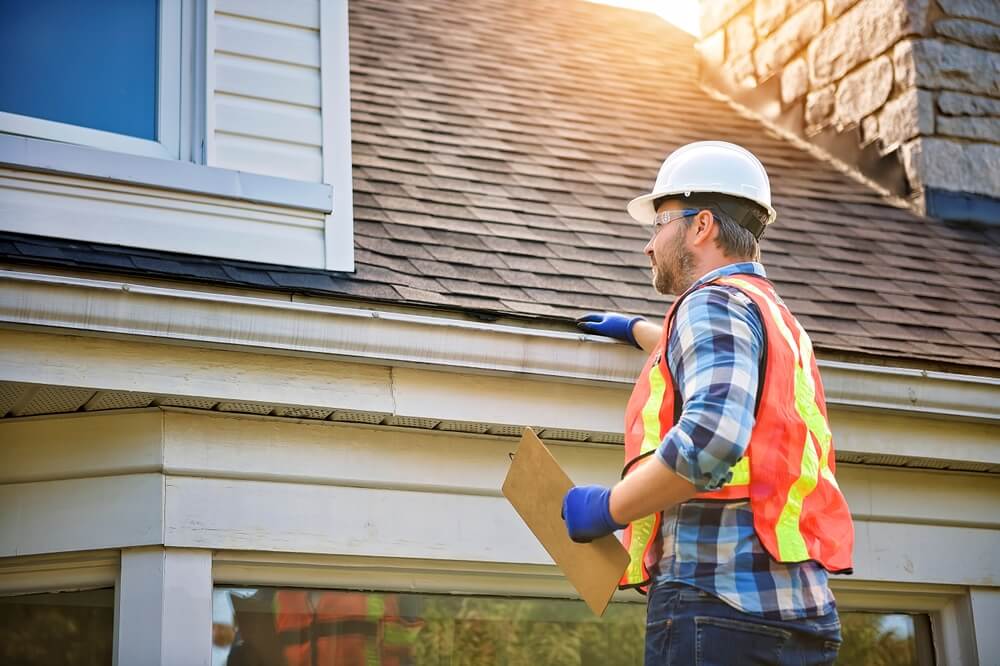Different Types of Roofs Available For Your Home
Everyone knows that the roof protects your home from the weather or other unknown disturbances. However, that’s not the only role it has, your roof influences your property’s appearance, energy efficiency, and overall value.
If you’re building a new home or planning a renovation, knowing the different types of roofs can help you make a smart and lasting investment.
Want to explore the most popular types of roof designs and materials? We have compiled the most detailed roofing information, so you can choose the right fit for you.
Why Roof Design Matters
Your roof’s shape and style can affect far more than just the look of your home. When choosing from the various types of roofing, consider how each style impacts:
- Weather performance (rain, snow, wind)
- Ventilation and insulation
- Installation and repair costs
- Longevity and durability
- Interior space availability
Different climates and architectural styles call for different types of roofs. Let’s get into the most common styles and see what makes each one unique.
1. Gable Roof
The gable roof is perhaps the most well-known of all roof shapes. With two sloped sides meeting at a central ridge, it forms a triangle at each end of the home.
Features:
- Simple and symmetrical
- Effective at shedding rain and snow
- Allows for attic space or vaulted ceilings
Pros:
- Easy and affordable to construct
- Suitable for areas with moderate rainfall or snow
- Offers good ventilation and attic space
Cons:
- Susceptible to damage in high winds
- May require extra support in hurricane-prone areas
Ideal for: Traditional and colonial-style homes, especially in temperate regions.
2. Hip Roof
A hip roof has four sloping sides, which all meet at the top to form a ridge. It’s more complex than a gable roof, but also more stable for your home.
Features:
- Pyramid-like design
- All sides slope downwards toward the walls
Pros:
- Excellent for areas with high wind or heavy snow
- Visually appealing and sturdy
- Promotes better airflow and insulation
Cons:
- More expensive due to complexity
- Requires more materials and skilled labor
Ideal for: Bungalows, cottages, and homes in stormy or snowy regions.
3. Flat Roof
Flat roofs are exactly what they sound like, flat or nearly flat surfaces with a very slight pitch to allow for drainage.
Features:
- Clean and minimalist design
- Frequently used in modern or industrial-style homes
Pros:
- Provides usable space for rooftop gardens, decks, or solar panels
- Easy to install and access
- More affordable in terms of materials
Cons:
- Prone to drainage issues and leaks
- Requires regular maintenance and high-quality waterproofing
Ideal for: Contemporary homes, urban dwellings, and commercial buildings.
4. Shed Roof (Skillion)
The shed roof has a single sloping surface, essentially half a gable. It’s often used for home additions or modern minimalist homes.
Features:
- Asymmetrical design
- Great for maximizing natural light with high windows
Pros:
- Simple and budget-friendly
- Allows for rain runoff
- Sleek, modern aesthetic
Cons:
- Limited attic or loft space
- Can’t be used for very large homes
Ideal for: Home extensions, modern tiny homes, and contemporary designs.
5. Gambrel Roof
The gambrel roof features two different slopes on each side: a steep lower slope and a gentle upper slope. You can often see these on barns and colonial-style homes.
Features:
- Double-sloped design on two sides
- Often includes attic or loft space
Pros:
- Maximizes upper-level space
- Great visual appeal with historical character
- Relatively simple frame design
Cons:
- Not ideal for regions with heavy snowfall or strong winds
- Needs regular inspection for water damage
Ideal for: Barns, farmhouses, and Dutch Colonial-style homes.
6. Mansard Roof
A French-inspired roof with four sides and two slopes on each, the mansard gives you beauty and extra living space.
Features:
- Steep lower slope and flat or shallow upper slope
- Often includes dormer windows
Pros:
- Adds significant attic or loft space
- Highly customizable for future expansions
- Elegant, classic look
Cons:
- More expensive to build
- Not the best for heavy snow loads
Ideal for: Townhouses, luxury homes, and buildings that may be expanded later.
7. Butterfly Roof
You can see two angled roof surfaces sloping inward to a central valley on a butterfly roof. The name is given because it mimics an open butterfly’s wings.
Features:
- Mid-century modern design
- Great for eco-friendly homes with rain collection systems
Pros:
- Unique and futuristic design
- Excellent for natural light and ventilation
- Facilitates rainwater harvesting
Cons:
- Prone to water pooling if drainage isn’t well designed
- Higher construction and maintenance costs
Ideal for: Environmentally-conscious homeowners and modern architecture fans.
8. Dome Roof
Dome roofs give a visually stunning, energy-efficient solution for certain custom builds, however, it’s not common in residential design.
Features:
- Rounded, hemispherical shape
- Common in historic or religious buildings
Pros:
- Excellent resistance to high winds
- Unique, conversation-starting design
- Can provide excellent acoustics
Cons:
- Highly specialized construction
- Difficult and expensive to install or repair
Ideal for: Custom homes, gazebos, observatories, or specialty structures.
9. Combination Roof
Combination roofs incorporate more than one roof style, for example, combining a hip and gable roof or a shed and flat roof.
Features:
- Tailored to complex floor plans
- Blends multiple roof lines for style and function
Pros:
- Visually appealing
- Can balance design with practical needs like attic space or water runoff
Cons:
- Complex construction leads to higher costs
- Needs careful planning to avoid leaks
Ideal for: Large custom homes or properties with multiple wings and design elements.
Understanding Your Roofing Material Options
Once you’ve chosen your roof’s shape, it’s time to choose a material. Different types of roofing materials can impact features like durability, cost, and curb appeal.
- Asphalt Shingles: Affordable, easy to install, available in many colors.
- Metal Roofing: Durable, energy-efficient, and recyclable.
- Clay or Concrete Tiles: Long-lasting, heavy, and great for hot climates.
- Slate: Elegant, fire-resistant, and extremely durable, but costly.
- Wood Shingles/Shakes: Naturally beautiful but high-maintenance.
- Synthetic Materials: Mimic the look of tile or wood at a lower cost and weight.
Ideal for: Large custom homes or properties with multiple wings and design elements.
How to Choose the Right Type of Roof
Still wondering which is best for your home? Here’s what you should consider:
- Climate: Flat or butterfly roofs might struggle in heavy snowfall; hip roofs work well in high-wind areas.
- Budget: Gable and shed roofs tend to be more affordable, while mansard or combination roofs come at premium rates.
- Aesthetics: Blend your roof into your home’s architectural style, so it doesn’t seem odd or stick out.
- Future plans: Want to expand? Go for roofs like mansard or gambrel for upper-level space.
Partner with Brian LeBlanc Roofing for the Perfect Roof
Understanding the different types of roofs, from the classic gable to the sleek butterfly roof, can help you in making smart choices during a build or renovation.
At Brian LeBlanc Roofing, we help homeowners choose and install the best types of roofing. Our experienced team can guide you through every step, from design and materials to the installation process.
Ready to upgrade or build with confidence? Contact Brian LeBlanc Roofing today to book a free consultation and find out what roof is right for your space.
Frequently Asked Questions
1. How does roof shape affect snow buildup and risk?
Roofs with low slopes or valleys trap more snow, increasing the risk of load stress and ice dam formation. Steep roofs shed snow faster but can slide dangerously.
2. What type of snow causes the most roof strain?
Wet, compacted snow is far heavier than dry powder. Even a few inches of wet snow can weigh more than a foot of light snow, making it more dangerous to leave sitting.
3. Will homeowner’s insurance cover snow-related roof damage?
It depends. Insurers may deny coverage if neglect played a role. Skipping maintenance or failing to remove snow in high-risk situations could void your claim.


